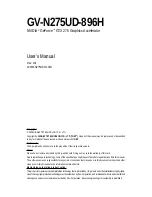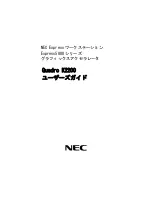
RadioProcessor-G
Step 5: Trigger the Pulse Program
Once the pulse program has been stored in the memory of the RadioProcessor-G, it can easily be started and stopped
by the MRI SpinAPI functions listed below:
spmri_start()
spmri_stop()
Step 6: Retrieve Acquired Data
Acquired data from the RadioProcessor-G can be retrieved from RAM. This process is very similar to that of the
RadioProcessor. For more information, please see the RadioProcessor manual.
Useful References
MRI SpinAPI Reference Manual
The MRI SpinAPI, which can be downloaded on the SpinCore website, includes a document that gives an in-depth
description of all the functions available in the API. If you are unsure of how a particular function in an example
program works, please refer to this document, which is titled “SPMRI_API_Reference_Manual.”
RadioProcessor Manual
The RadioProcessor-G API is a modified version of the RadioProcessor API, so many of the functions are similar,
excluding those that were added to allow configuration of the gradient outputs. For more information on the
RadioProcessor API, please refer to the SpinCore RadioProcessor manual, which is available on the SpinCore website at
this location:
http://www.spincore.com/CD/RadioProcessor/RadioProcessor_manual.pdf
2017-09-04
14
www.spincore.com








































